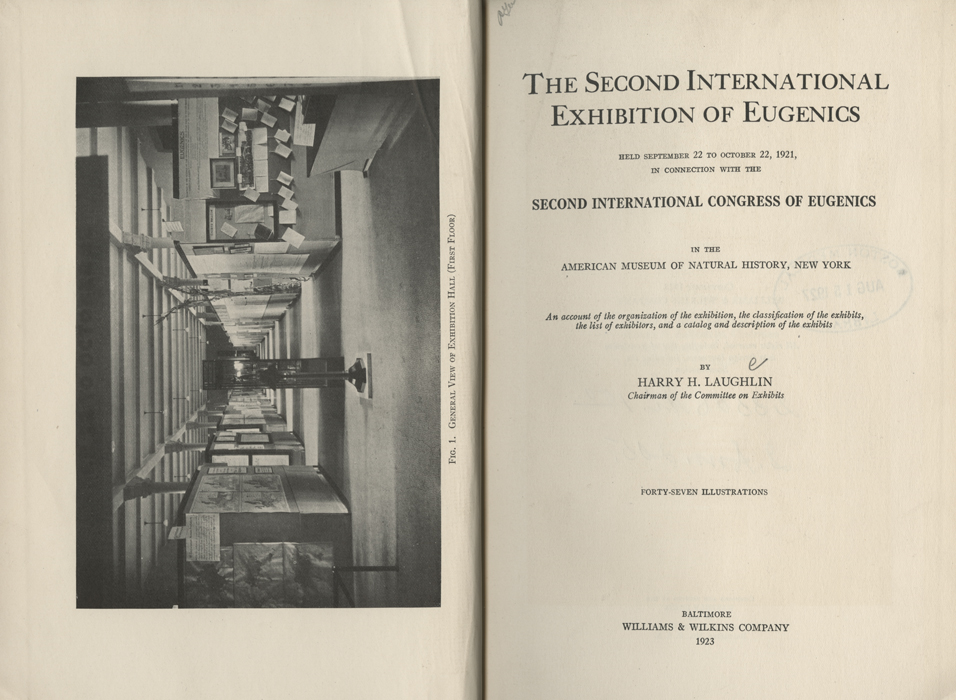President Drew Faust says this is part of a new push by the college to recognize the role of slavery in its history because, she says, “Harvard was directly complicit in America’s system of racial bondage.” Faust, a Civil War historian, has established a committee of historians to advise her on further steps, which may include a conference.
“We name the names to remember these stolen lives,” Faust said.
Jonathan L. Walton, a Harvard Divinity School professor and minister at Harvard’s Memorial Church, was at the unveiling of the plaque, “This institution has always been a complicated place, and there are ghosts all around us,” Walton said. “There are ghosts that speak to us and they inform us and they challenge us, they challenge us to do more.”
Around the time the plaque was being put in place, an article in Harvard Magazinedocumented the institution’s role in eugenics, the forced sterilization of people declared to be “feebleminded,” physically disabled, “criminalistic,” or otherwise flawed. The movement led to the sterilization of an estimated 70,000 Americans, and its concepts were eventually adapted and put into practice by the Nazi regime. Adam S. Cohen writes:
As eugenics grew in popularity, it took hold at the highest levels of Harvard. A. Lawrence Lowell, who served as president from 1909 to 1933, was an active supporter. Lowell, who worked to impose a quota on Jewish students and to keep black students from living in the Yard, was particularly concerned about immigration—and he joined the eugenicists in calling for sharp limits. “The need for homogeneity in a democracy,” he insisted, justified laws “resisting the influx of great numbers of a greatly different race.”...
https://nonprofitquarterly.org/2016/04/08/harvard-acknowledges-its-slaves-and-its-role-in-eugenics-a-cautionary-tale/


No comments:
Post a Comment